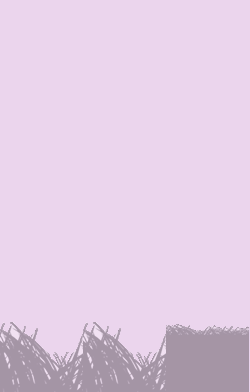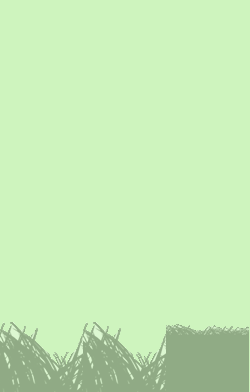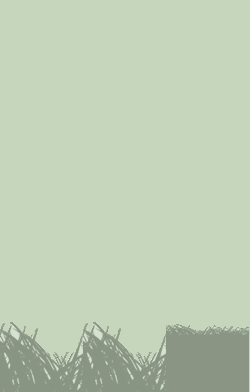Cards
(QUICK LINKS: Decks | plants | mammals | birds | | reptiles | fish | cephalopoda | insects | microbe | events
( scientist | project | modifier | technique |)

Arctic Meadow-rue
Thalictrum alpinum


2 POINTS
FACT: A perennial plant, growing up to 20-25 cm. The slender, elongated and leafless stalk bears yellow or purple flowers.

Dwarf Birch
Betula nana


2 POINTS
FACT: The Dwarf birch was one of the first “trees” to grow on the bare soil after the ice disappeared.

Dwarf Willow
Salix polaris


2 POINTS
FACT: One of the worlds smallest willows. They can reach a very high age. The willow almost crawls along the ground to avoid direct cold.

Mountain Avens
Dryas octopetala


2 POINTS
FACT: A frugal plant. It takes 10 years from seed germination until it blossoms.

Wolverine
Gulo gulo


7 POINTS
PLAY: Move of 2
FACT: The Wolverine of the Ice Age was in size as a medium size dog and resembles a bear. The males were about 1/3 longer than the females and could weigh twice as much.

Saiga Antelope
Saiga tatarica


5 POINTS
PLAY: Move of 2
FACT: The Saiga antelope live in large herds. Their funny-looking nose heats the cold air in the winter and filters dust in the summer.